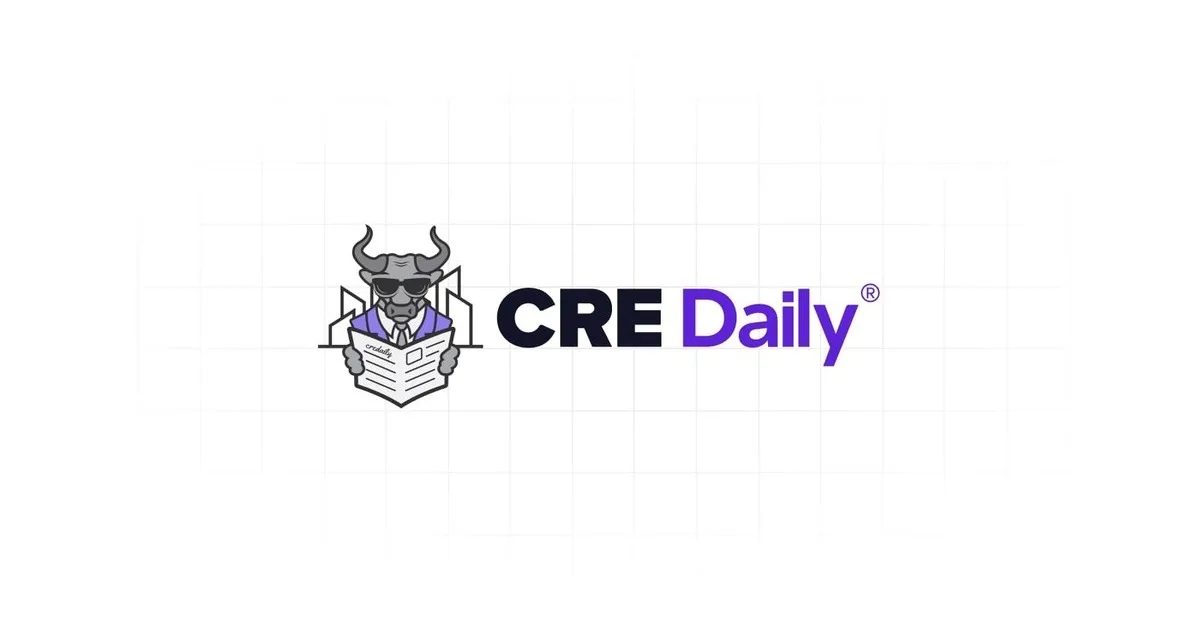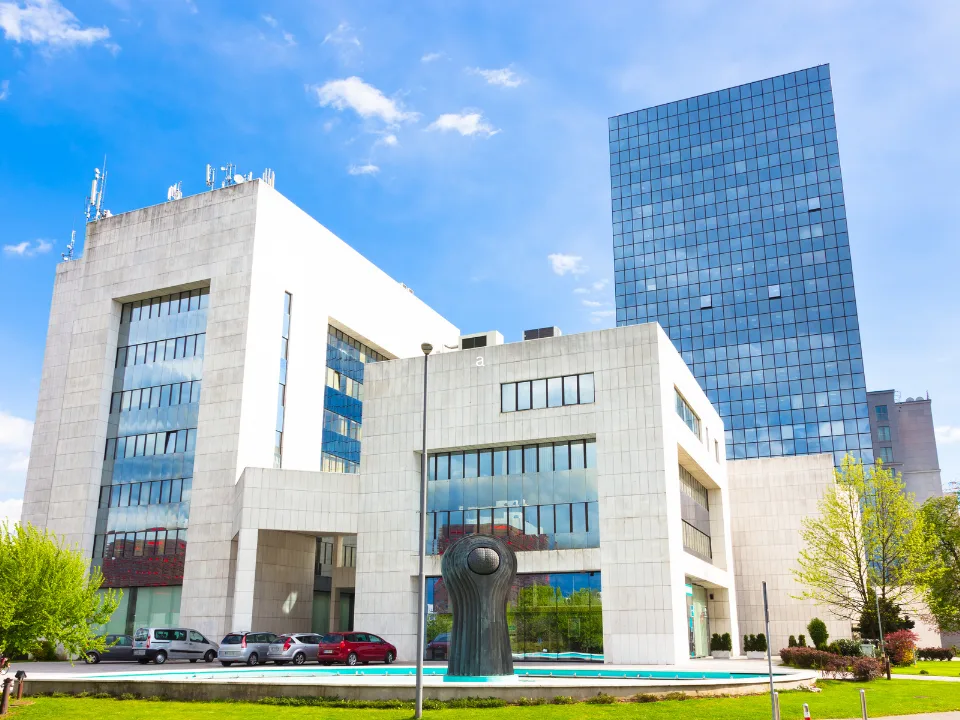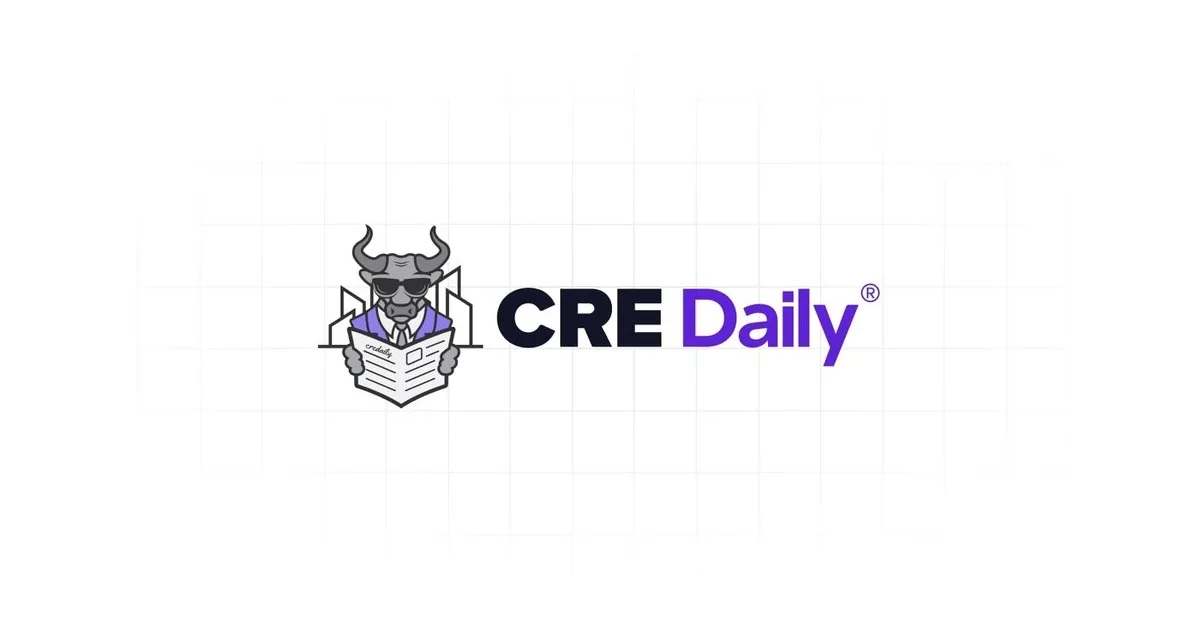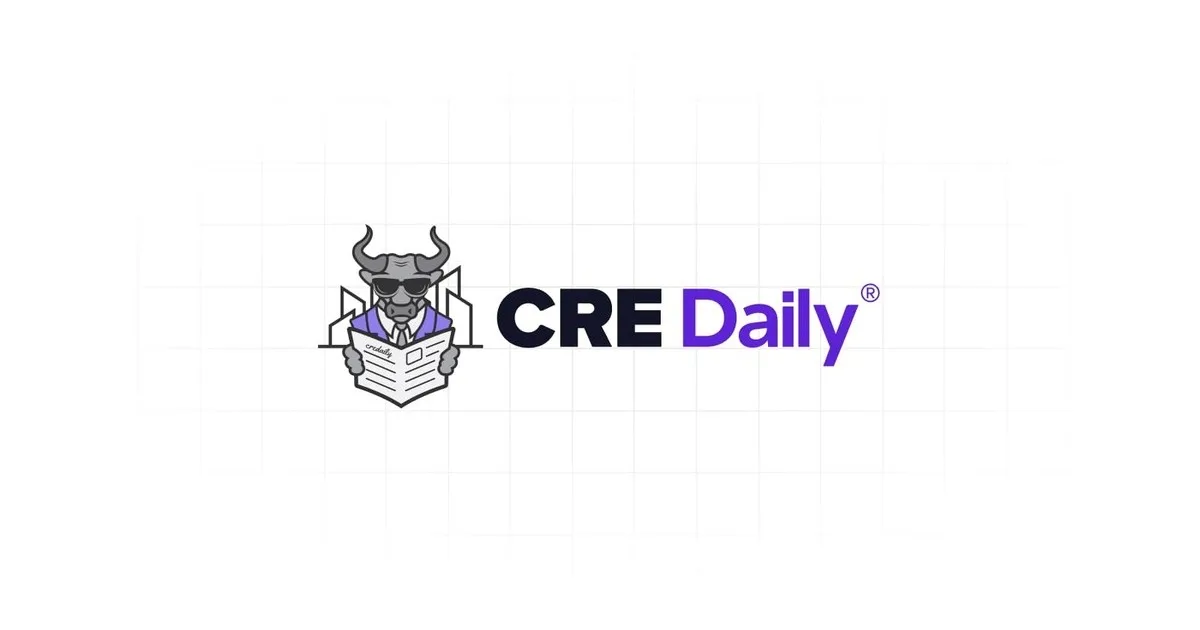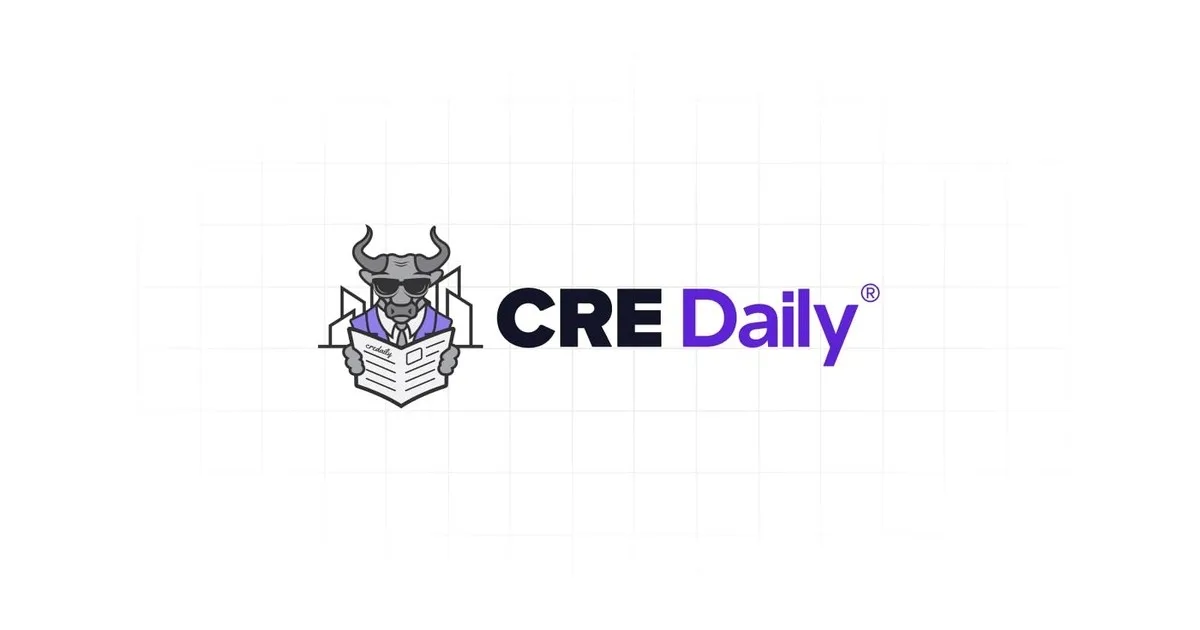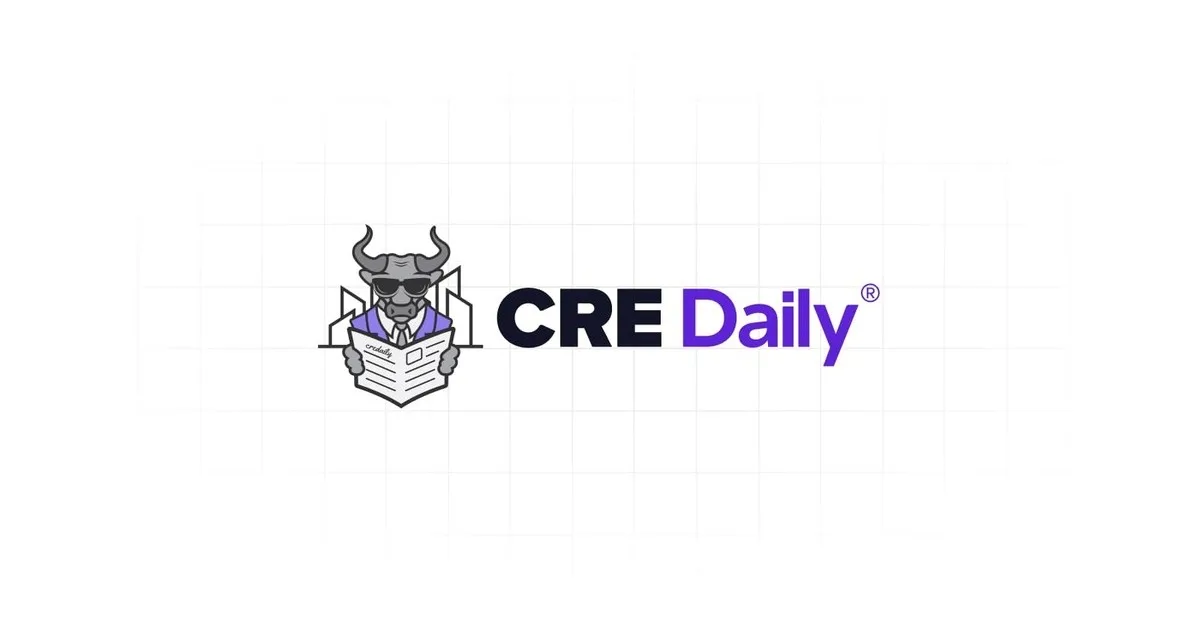- MOB occupancy reached 92.8% in Q4 2024, fueled by rising demand and constrained supply.
- Outpatient volumes are forecasted to rise 10.6% over five years, driven by technology, patient preferences, and expanding service lines.
- New MOB construction dropped to a historic low of 0.8% of inventory in Q4, creating a supply crunch and rent growth in key markets.
Outpatient Care Shift Boosts Demand
As US healthcare increasingly moves from hospitals to outpatient settings, medical office buildings are in high demand, reports GlobeSt. According to JLL’s latest MOB report, outpatient volumes are projected to grow more than 10% over the next five years—outpacing inpatient volumes, which are expected to rise just 0.9%. Technological innovation, patient preferences for less invasive procedures, and growth in services like orthopedics, oncology, and vascular care are all accelerating the trend.
Health Systems Expand Real Estate Footprint
Health systems and specialty providers continue to grow their outpatient real estate presence. Nearly half of the 2.9M SF leased last year came from health systems, with specialty providers taking another 31%. Total MOB absorption topped 19M SF in the top 100 US markets in Q4 2024, pushing occupancy up to 92.8%, a modest but notable increase from 92.4% a year earlier.
Get Smarter about what matters in CRE
Stay ahead of trends in commercial real estate with CRE Daily – the free newsletter delivering everything you need to start your day in just 5-minutes
Development Slows Amid Cost Pressures
While demand is strong, new construction isn’t keeping up. Construction starts hit a record low of just 0.8% of inventory in Q4, down from 2.1% in 2017. High construction costs, capital market volatility, and cautious tenant budgets have stalled new development. As a result, healthcare tenants are exploring conversions of traditional office or retail spaces—a move often hindered by renovation costs and logistical concerns like parking and operating expenses.
Rents Rise Across Sunbelt And Urban Markets
Average asking rents for MOBs rose 2.5% in 2024—slower than the 3.7% growth in 2023 but still notable. Markets leading rent growth included several Sunbelt cities such as Miami, Orlando, and Tampa, along with Northern metros like Boston and Northern New Jersey, where health systems are actively expanding.
Key Market Trends
- New York City led in outpatient move-ins, with most activity occurring in non-medical buildings.
- Philadelphia topped net absorption in 2024, while Houston and Atlanta each saw over 400K SF absorbed.
- MOBs continue to appeal to investors, with stability and high renewal rates. Transaction volume rose in 2024, boosted by Healthpeak’s $4.6B acquisition of Physicians Realty Trust.
Why It Matters
With limited new inventory and steady demand from expanding health systems, MOBs remain a resilient and attractive asset class. Nearly half of the nation’s 1.4B SF of MOB space is health system-owned, and ownership may become even more appealing if borrowing costs decline—potentially fueling more acquisitions of adjacent real estate and development parcels.
What’s Next
Expect continued investor interest and competition for high-quality MOB assets as outpatient care grows and supply stays tight. Should capital markets stabilize, health systems could drive a new wave of strategic real estate buys.

